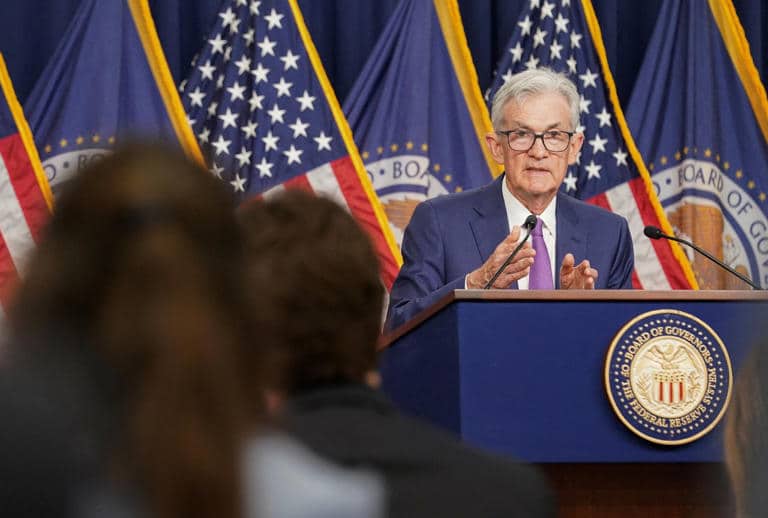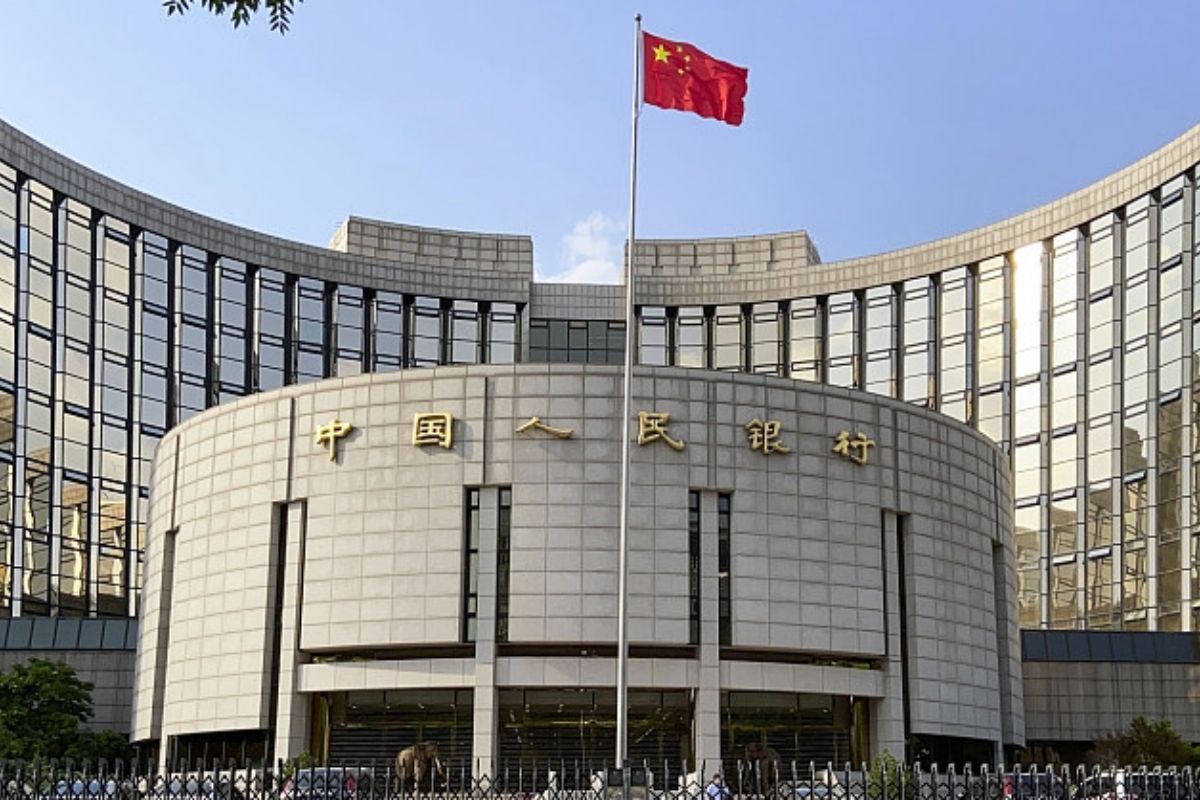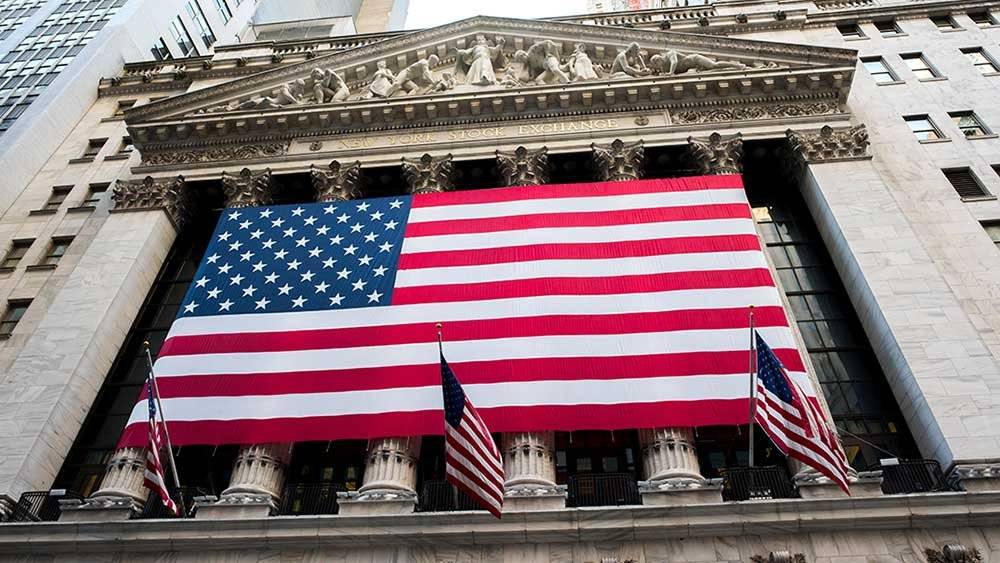The biggest banks seem poised to win a reprieve in Washington, maybe even to the tune of tens of billions of dollars.
According to the Wall Street Journal, authorities are thinking of significantly altering a recent plan that would raise the capital requirements for banks.
This follows vigorous lobbying by the largest banks, spearheaded by Jamie Dimon of JPMorgan Chase.
According to the Journal, changes to the proposal could, on average, cut the increase in requirements for big banks in half from what was first proposed.
This development is expected to be welcomed by some bank customers and shareholders, even though detractors claim it makes the financial system more susceptible to shocks.
In other words, regulatory bodies had previously projected a 19% increase in the core capital requirements for the biggest bank categories. This translates to an additional $150 billion in capital for the eight U.S.
worldwide systemically important banks, as estimated by Barclays analysts based on their present needs as of the first quarter.
These financial institutions are Wells Fargo, JPMorgan Chase, State Street, Citigroup, Goldman Sachs, Bank of America, and Bank of New York Mellon.
Bank equities have performed well this year, even after Federal Reserve officials hinted at revisions to the idea early in the year. In 2024, the KBW Nasdaq Bank index gains 10%, falling short of the S&P 500’s 11% gain.
Recovering half of that possible rise for those biggest banks, or about $75 billion, would probably satisfy investors’ expectations.
In fact, according to certain business associations and economists, the initial proposal’s increase would have exceeded the 19% estimate.
The precise method by which any dialling back might be accomplished is yet unknown, so basic, impromptu math may not work out as planned for each bank.
Maybe the very biggest banks included in the plan would be exempt from it in comparison to the comparatively smaller ones. The method used to determine banks’ risk-weighted assets is one way the changes operate.
The specific effects on a bank can vary depending on the mix of operations it engages in, such as trading, wealth management, and consumer lending.
Banks have preserved capital well over their existing limits and have already begun to prepare for new regulations.
As of their most recent reports, Barclays analysts estimate that the combined sum of those worldwide U.S. banks is just approximately $8 billion less than what may have been requested of them in the initial proposal.
Furthermore, the idea is only supposed to be fully phased in by 2028, with a commencement date of 2025.
Therefore, a revised proposal would probably free up a significant amount of money that banks might have used in a different way. Banks have other options for obtaining money besides going out and getting it. Usually, they keep a larger portion of their income. This
entails setting some restrictions on share buybacks, which makes investors drool in anticipation of more. Additionally, banks have begun to reduce the amount of capital they need by avoiding assets with higher capital risk weightings—a move that some lenders have referred to as going on a “diet.”
Banks are commonly referred to as “holding” capital, even if the funds aren’t actually kept in a safe place. Instead, stricter regulations alter the proportion of debt to equity that banks employ as a means of financing
Generally speaking, equity capital is far more expensive than debt and deposits. This may imply that in order to achieve a comparable return on equity, banks must raise their revenue through increased fees, for example.
Supporters of the initial, more stringent proposal may contend that the benefits they receive—a more robust and secure financial system—make the costs to shareholders, counterparties, or borrowers worthwhile.
In the worst cases, taxpayers would be bailed out before anyone else, as the equity in banks would bear losses before anybody else.
Regardless of the composition of expenses, the payers will want explanations. Furthermore, following the bank collapses of 2023, it may be more difficult to respond to the question of why there needs to be a change in the funding mix of big banks than it was during the global financial crisis of 2008.
A huge bank could again be the cause of the next crisis. The last one, though, wasn’t.
Read More:
Gracy Chen appointed as the new CEO of Bitget
Nvidia’s Q1 Profit up by 600%, 10:1 Stock Split Announced
Source
WSJ and MSN

Daisy Morgan is a dedicated business journalist known for her insightful coverage of global economic trends and corporate developments. With a career rooted in a passion for understanding the intricacies of the business world, Daisy brings a unique perspective to her writing, combining in-depth research with a knack for uncovering compelling stories. Her articles offer readers a comprehensive view of market dynamics, entrepreneurship, and innovation, aiming to inform and inspire professionals and enthusiasts alike.







